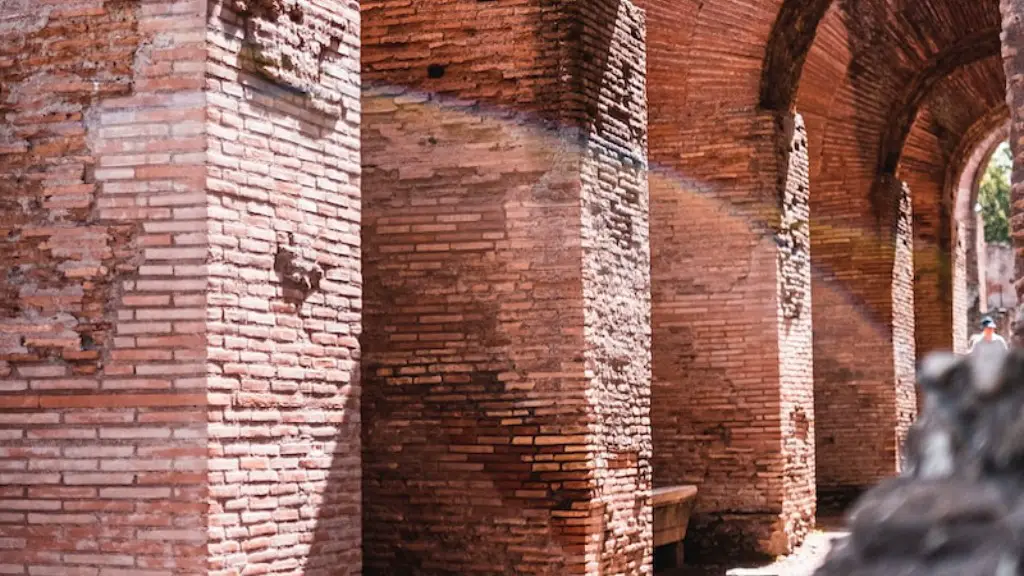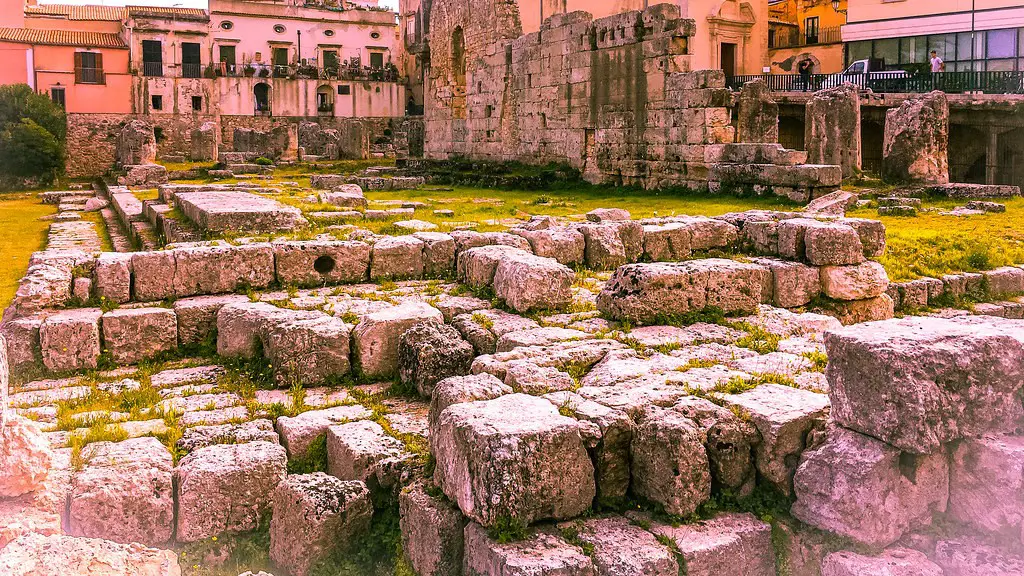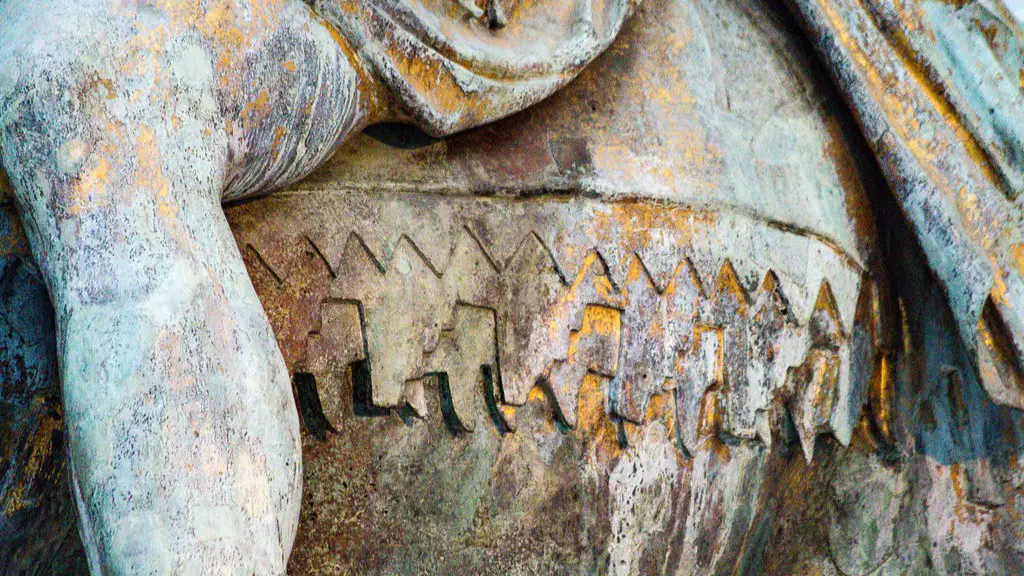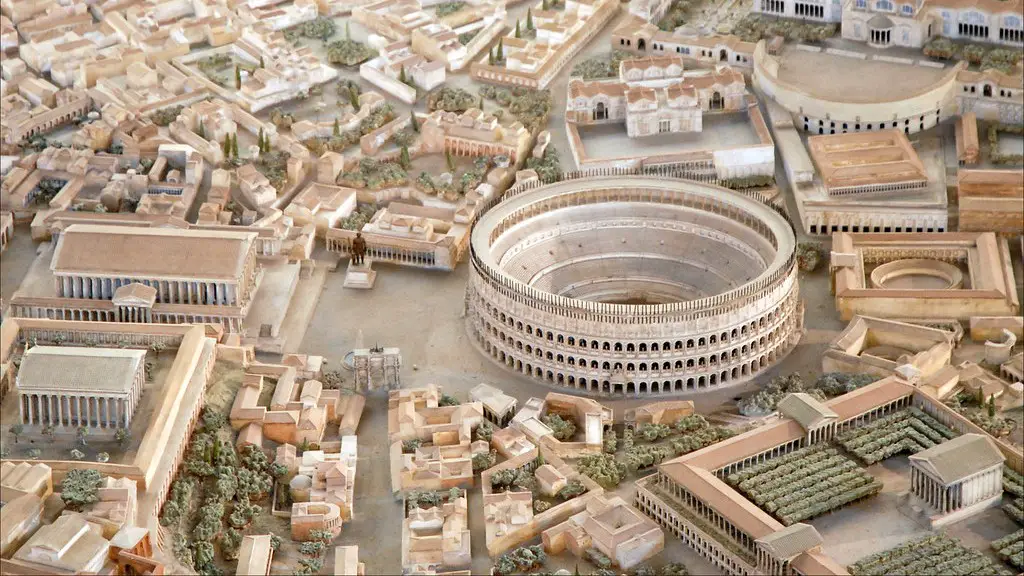In ancient Rome, the term patrician denoted a member of the upper class. Patricians were upper-class citizens who held power and influence over government and society. They were typically wealthy landowners or businessmen. The term is derived from the Latin word patricius, which means ” Nobility”.
A patrician was a member of the upper class in ancient Rome.
What did patrician mean?
The patrician class in early Rome was made up of families who were considered to be of a higher status than the plebeian class. These families enjoyed certain privileges that the plebeians did not, such as being able to hold certain government positions. While the exact criteria for being considered a patrician were somewhat fluid, generally speaking, the patrician class was made up of the wealthier and more powerful families in Rome.
Plebeians were the working class citizens of Rome who worked hard to support their families and pay their taxes. They were not members of the patrician, senatorial or equestrian classes.
What is meant by patrician and plebeian
The patricians and plebeians were the two main social classes in ancient Rome. The patricians were the upper class, made up of the wealthier land owners. The plebeians were the lower class, made up of the normal people. The two groups were completely separated, with the plebeians only able to marry people from their own social class.
The patricians were the wealthy land-owning noble class in Rome. They often owned slaves who would work their farms for them. The patricians inherited their power and held almost all the important government positions such as the consuls. However, only males could vote.
What were poor Romans called?
The plebeians were the lower class of Roman citizens who were not patricians. The patricians were the upper class of Roman citizens who were wealthier and had more power. The plebeians made up the majority of the population in Rome.
Livy and Cicero both agree that the first 100 men appointed as senators by Romulus were referred to as “fathers.” This was because they were given a noble status by being appointed to the Senate. The descendants of these men then became the patrician class. This is an important piece of history because it shows how the concept of nobility was established in Rome.
It is interesting to note that records of each class were kept in Roman society, and that being wealthy was often not enough to move up through the classes. There were three basic divisions in Roman society: citizens, noncitizens and slaves. It is clear that the Roman social hierarchy was very complex, and that wealth was not the only factor that determined one’s place in society.
The plebeians were a class of commoners in Ancient Rome who were not allowed to hold public office or marry patricians. Starting around 494 BC, the plebeians began to fight against the rule of the patricians. This struggle is called the “Conflict of the Orders.” Over the course of around 200 years, the plebeians gained more rights.
Did plebeians own slaves
It is interesting to note that even though slavery was such an integral part of Roman society, it was not uncommon for plebeians and even ex-slaves to own a few slaves themselves. This was likely due to the fact that owning slaves was seen as a sign of status and wealth, which nearly everyone in ancient Rome aspired to.
The patrician class was a small elite group of wealthy landowners from old families in the Roman Empire. They were the political, religious, and military leaders of the empire. The emperor deliberately promoted a few chosen people into the patrician class.
What was life like for patricians?
The ancient Romans were a very family-oriented people and the concept of a single-family home was very important to them. The upper class Romans (patricians) lived very comfortably in their single-family homes. This meant that the great grandparents, grandparents, parents, and kids of one family all lived in the same home together. This was a very tight-knit community and it was very important to the Romans.
The Roman Classes were a way of designating which social class an individual belonged to. Senators were the upper class, followed by the Equestrians. The Patrician class was next, followed by the Plebeians. Slaves and Freedmen were at the bottom of the social hierarchy.
Did patricians have more power
The patrician class held the most power in the Roman Republic. Many were members of the senate, and they held the senate majority well into the time of the Roman Empire. In the senate, patricians could hold a number of positions.
Caesar was born into a patrician family, the gens Julia. The Julii were one of the oldest and most prominent families in Rome and claimed descent from Julus, son of the Trojan prince Aeneas, who was supposedly the son of the goddess Venus. Caesar’s father, also named Gaius Julius Caesar, was a governor of Asia and his mother, Aurelia Cotta, was of noble birth. Caesar had an elder sister, Julia, and two younger brothers, Gaius and Lucius. His father died when he was young and his mother married a praetor named Lucius Cornelius Lentulus Marcellinus.
What did patricians wear?
The patricians were the upper class citizens in ancient Rome. They wore white tunics made of wool or linen. The magistrates wore the tunic called augusticlavia. The senators wore it with broad strips called tunica laticlavia. The shorter tunics were worn by the military people. During special occasions, they covered the tunic with a white wool coat called toga.
Patricians were considered the upper-class in early Roman society. They controlled the best land and made up the majority of the Roman senate.
Final Words
In ancient Rome, the patricians were the wealthier citizens who held most of the political power.
In ancient Rome, patrician meant a member of the ruling class. The patrician class was made up of the wealthier citizens who owned land and businesses. They had the power to vote and hold office. The patricians were often at odds with the plebeians, or common citizens.





